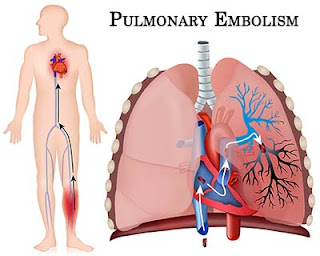Initial StepsPrevent hypothermia—place infant on preheated radiant warmer, dry infant, then rewrap in warm, dry blankets. Polyethylene (food grade) bags may help maintain body temperature of very-low-birth weight infants.
Position—place the infant in a supine position with the head slightly extended (“sniffing position”); a small roll placed under the shoulders may be helpful.
Airway—if there are copious secretions compromising the airway, suction the mouth first and then the nose using either a suction bulb or 8F or 10F suction catheter; avoid prolonged and deep suctioning. Negative pressure should not exceed 100 mm Hg.
Tactile stimulation—if the infant remains apneic after drying, positioning, and suctioning, further tactile stimulation is unlikely to help; brief, gentle back rubbing or flicking the soles of feet, may be tried, but these efforts should not delay onset of positive-pressure ventilation.
Oxygen Administration
Free-flow 100% oxygen (at least 5 L/min) should be provided to any infant who has central cyanosis, pending further intervention(s). If positive-pressure ventilation (PPV) is begun, 100% supplemental oxygen is recommended. To reduce potential harm from excessive tissue oxygenation in preterm infants, the use of an oxygen blender and pulse oximetry is recommended in order to titrate supplemental oxygen delivery, maintaining oyxgen saturations between 90% and 95%. In any infant, if the heart rate does not respond by increasing to >100 beats per minute, 100% oxygen should be given.
Bag/Mask Ventilation
Indications—apnea or gasping; heart rate less than 100 beats per minute; central cyanosis despite free-flow oxygen.
Technique—proper mask size and shape, tight seal between mask and face, proper head position, clear airway, and adequate inflation pressure, ventilation rate of 40 to 60 breaths per minute. If ventilation pressure is being monitored, PPV with an initial inflation pressure of 20 cm H2O may be effective, but ?30 to 40 cm H2O may be required in some term babies without spontaneous ventilation.
Assessment—increasing heart rate is the primary sign of effective ventilation. Also look for improving color, spontaneous respirations, and improving muscle tone. If the heart rate is not improving, chest wall movement should be assessed and sufficient ventilating pressure should be used to move the chest wall with each breath.
Gastric decompression—if bag/mask ventilation is prolonged, an 8F orogastric tube should be inserted, aspirated, and left open as a vent to prevent gastric distension.
Special note: Flow-controlled pressure-limited mechanical devices (e.g., T-piece resuscitators) are recognized as an acceptable method of administering positive-pressure ventilation during newborn resuscitation; however, self-inflating and flow-inflating bags remain the preferred method for prolonged resuscitation.










































